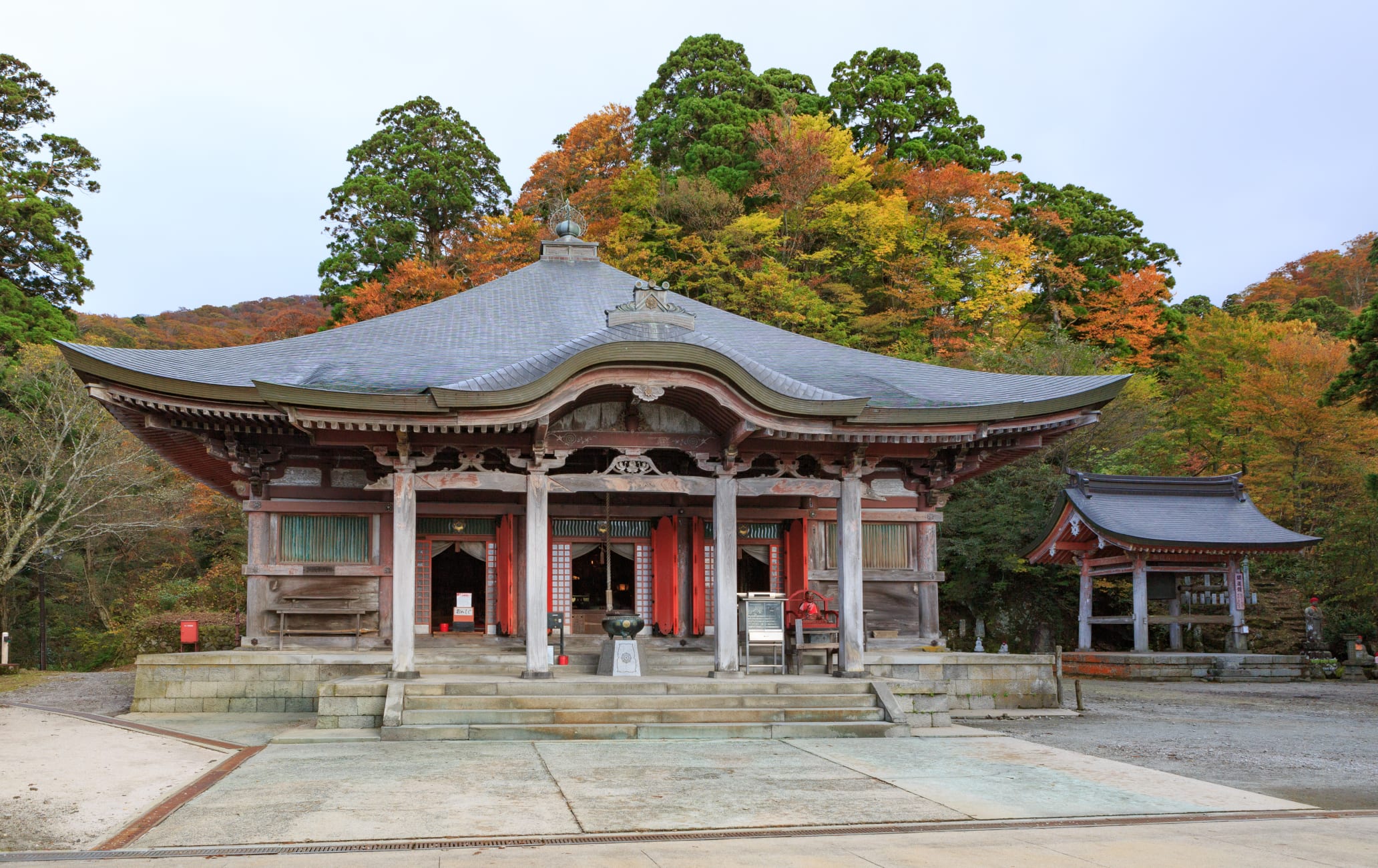An influential temple with a complex history
From the 8th to the 14th century, the Daisenji Temple and shrine complex was a major center of power and influence. With more than 100 temples and 3,000 armed “warrior” priests, Mt. Daisen's authority was on a par with Mt. Hiei , Mt. Yoshino , and Mt. Koya .
How to Get There
Local buses operate around five times a day between Yonago Station and Mt. Daisen . A loop bus runs from Yonago Station to Daisen's main tourism spots during peak season, weekends and holidays.
A syncretic religion
Mt. Daisen is considered a sacred mountain and was once a center for monks practicing mountain asceticism, a practice of living in the wild and abstaining from the comforts of modern existence.
The origins of Daisenji Temple date back to the eighth century, when Mt. Daisen was a major site of Shugendo, a syncretic religion that combines elements of Shinto, Buddhism, Shamanism, and mountain worship. Shugendo was established in the seventh century by En No Gyoja, a mountain ascetic and mystic.
History
Daisenji Temple was greatly affected by the anti-Buddhist haibutsu kishaku movement after the Meiji Restoration of 1868. The temple was forcibly closed in 1875, before being allowed to reopen again in 1903 as part of the Tendai Sect of Buddhism.
The main hall
The magnificent main hall, the Dainichido, was destroyed in a fire in 1928 and painstakingly reconstructed in 1951. It contains a statue of the Jizo Bosatsu. The beautiful Amida-do hall dates back to 1131 and contains three wooden carvings of the Amida Buddha, all of which are classed as Important Cultural Properties.

























































